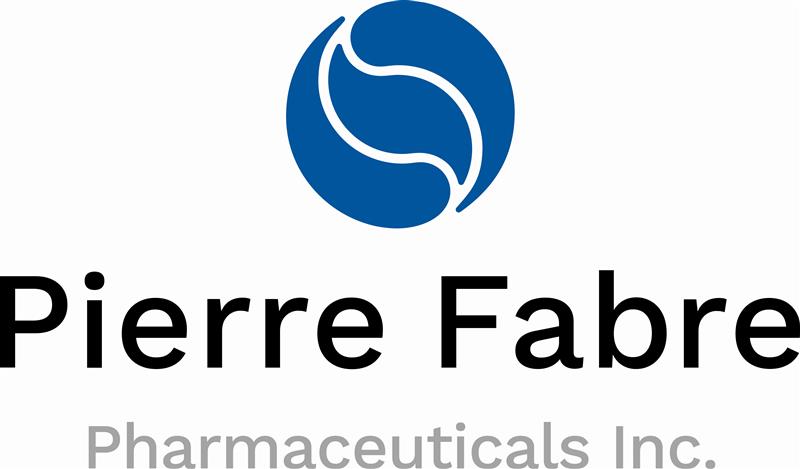Induction Immunosuppression Patterns After Pediatric Liver Transplantation
Emily Gainor3, Jennifer C Halma2, Swati Antala4, James E. Squires1, Emily R. Perito5, Vikram Raghu1.
1Division of Pediatric Gastroenterology, Hepatology, and Nutrition, UPMC Children's Hospital Pittsburgh, Pittsburgh, PA, United States; 2Division of Gastroenterology Liver Care Center, Children's Mercy Kansas City, Kansas City, MO, United States; 3School of Medicine, University of Pittsburgh School of Medicine, Pittsburgh, PA, United States; 4Division of Pediatric Hepatology, Mount Sinai Kravis Children’s Hospital and Mount Sinai’s Recanati/Miller Transplantation Institute, New York, NY, United States; 5Pediatric Gastroenterology, Hepatology, and Nutrition, UCSF Benioff Children's Hospital, San Francisco, CA, United States
Introduction:
Efforts are currently underway to standardize dosing of induction immunosuppression including steroids, anti-thymocyte globulin (ATG), and basiliximab after pediatric liver transplant (pLT). We aimed to describe current practices and their alignment with these standardized dosing regimens.
Method:
We identified pLT recipients in the Pediatric Health Information System (January 2015 to December 2023) using ICD codes. Pharmacy data were used to determine ATG, basiliximab, and corticosteroid doses received from transplant to post-operative day (POD) 6. We categorized basiliximab dosing as standard (days 0 and 4) or nonstandard. We categorized ATG dosing as standard (1-2 doses, within 48 hours after LT), monitored (≤5 doses over 5 days at LT), or nonstandard. We categorized corticosteroid dosing as standard if administered daily through POD6. We determined associations with in-hospital mortality using chi-square analysis.
Results:
Among 3222 LT recipients (49% non-Hispanic White; 50% female) from 31 LT centers, induction immunosuppression included basiliximab for 1035 (32%), ATG in 407 (14%), and corticosteroid in 3144 (97.5%). Standard dosing was followed for basiliximab in 629/1035 (61%). For ATG, 127/407(31%) received standard dosing and 181/407 (44%) monitored. Eighty-eight percent (2759/3085) received daily corticosteroids through POD6 (88%). In-hospital mortality (2.8%) was lower with standard basiliximab (1.4% vs 3.2%, p<0.05) and standard corticosteroids (0.1%), but higher with no corticosteroids (67.9%) vs nonstandard corticosteroids (8.9%, p<0.001).
Conclusion:
PHIS data can help us understand current immunosuppression practices. High mortality associated with certain patterns may reflect attempted personalization for high-risk patients. Future work will assess impacts on health utilization, cost, and outcomes beyond the initial hospitalization.
The WebApp is sponsored by:

If you have any questions during the meeting, please go to the registration desk. Our emails will be monitored sporadically.
REGISTRATION DESK OPENING TIMES
Thursday, May 1, 2025, 07:00-17:30 Friday, May 2, 2025, 07:00-12:00